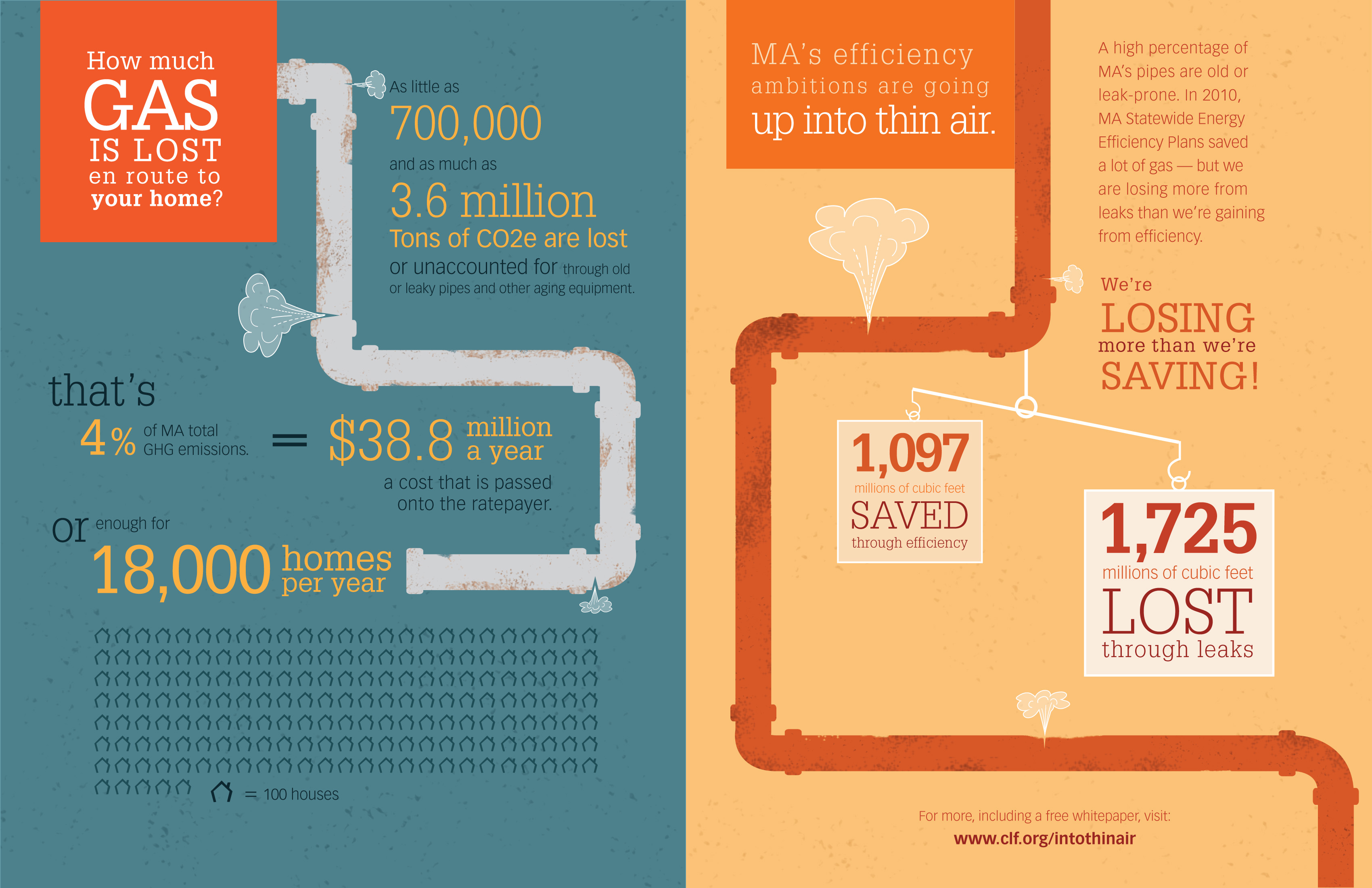The Future Of Solar Power: Predictions For The Market In The Next Years
The Future Of Solar Power: Predictions For The Market In The Next Years
Blog Article
Web Content Writer-Clapp Teague
As you contemplate the future of solar energy, envision a landscape where innovation and sustainability assemble. The coming years hold the promise of significant improvements in solar technology, improving the market as we know it. With effectiveness gains and price decreases imminent, the potential for solar energy to change our power landscape is tremendous. Stay tuned to discover how these advancements will shape the future of renewable resource and thrust us in the direction of a greener tomorrow.
Technical Improvements in Solar Panels
Solar panels have seen impressive technological developments recently. One considerable improvement is the boost in efficiency, allowing solar panels to transform sunlight into electrical energy better. This has been attained with technologies in products and design, making solar power a more practical and affordable option for renewable energy sources.
Another vital advancement is the reduction in prices connected with production and mounting photovoltaic panels. As technology has actually advanced, production procedures have actually ended up being a lot more streamlined, leading to lower costs for consumers. In addition, the longevity and life-span of solar panels have actually boosted, making them an extra sustainable and long-term financial investment.
Developments in power storage technology have additionally played an important duty in enhancing the performance of photovoltaic panels. Batteries and various other storage space services have ended up being much more efficient and economical, enabling individuals to store excess power produced throughout the day for use during the night or during periods of reduced sunshine.
Increased Fostering in Different Industries
With the demand for lasting power solutions on the rise, numerous sectors are progressively incorporating solar energy systems right into their procedures. Companies in industries such as production, agriculture, and transport are leveraging solar power to decrease their carbon footprint and operating costs.
In production, solar panels are being installed on roofs to power equipment and lights, causing considerable cost savings on power bills. Agriculture is also welcoming solar power by using it for irrigation systems and powering ranch equipment, therefore reducing conventional gas expenses. In https://www.energymatters.com.au/renewable-news/do-solar-panels-need-direct-sunlight-the-truth-about-solar-panel-performance-on-cloudy-days/ , the transportation market is embracing solar technology for billing electric vehicles and lighting up car park.
The trend of enhanced fostering of solar energy across markets is driven by the desire to be more environmentally friendly and decrease dependence on non-renewable energy resources. As https://qcellpanels54208.answerblogs.com/30092633/mastering-the-maintenance-of-solar-panels-is-crucial-for-maximizing-their-performance-and-resilience continues to breakthrough and end up being more affordable, we can expect to see even broader combination of solar power systems in different markets in the coming years.
Policy Changes Driving Solar Growth
Accepting renewable resource resources is important for lasting growth in today's world. Policy changes play a considerable function in driving the development of solar energy. Federal governments around the world are carrying out different measures to promote the fostering of solar energy. Rewards such as tax obligation credits, discounts, and feed-in tariffs encourage people and organizations to purchase solar technology.
Furthermore, laws mandating a particular percentage of power to come from sustainable resources press utility business to include even more solar into their power mix. Moreover, plans focusing on internet metering permit solar individuals to offer excess electrical power back to the grid, making solar installations more economically feasible.
In some areas, sustainable portfolio standards require a certain part of power to be generated from solar energy, creating a steady demand for solar power. These policy changes not just drive the growth of the solar industry however also contribute to minimizing carbon discharges and combating climate change. By supporting and implementing such plans, governments can increase the transition to a much more lasting energy future.
Final thought
In conclusion, the future of solar power looks bright with recurring technical developments, increased fostering throughout industries, and helpful policy changes. With greater efficiency degrees, lowered prices, and enhanced power storage space options coming up, solar energy is set to play an essential duty in the international shift to a cleaner and more lasting power future. Welcome the potential of solar energy and belong of the renewable resource transformation!
